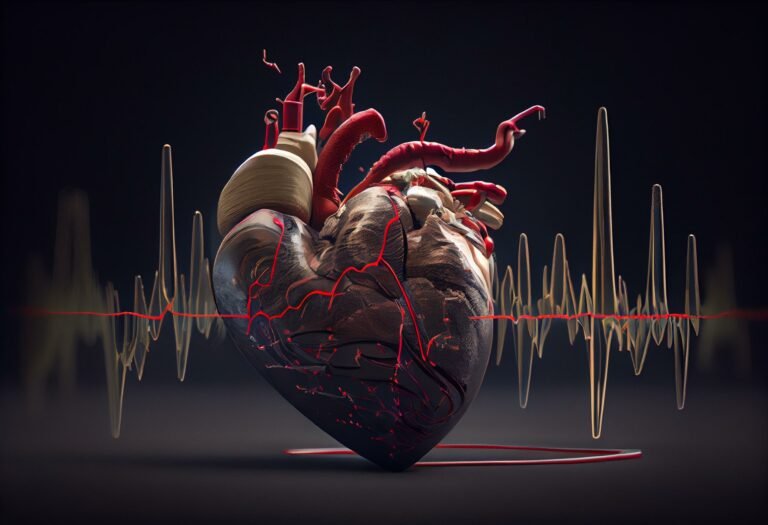This is consistent with what doctors already know about tachycardia-induced cardiomyopathy, which is mostly reversible. When a person’s heart rate decreases, the function of heart tissue returns to normal.
In another experiment, the researchers induced tachycardia in another group of engineered heart tissue. Then, after stopping the stimulation, the research team replenished the tissue with NAD, a molecule that supports energy responses, and saw heart cell function recover more quickly. The replenished tissue recovered 83% of its original function by the first day, while the untreated group showed little improvement.
To validate their findings, the research team compared the engineered heart tissue with human clinical data and data from a dog model. “We were surprised at how well the artificial heart tissue mimicked a real human heart,” Tu said.
Unraveling molecular switches
During tachycardia, the heart may have a hard time pumping blood to other parts of the body because the rapid heart rate causes the ventricles to fill and not be able to fully contract. If this condition lasts for several days or weeks (which can occur in severe cases), blood vessels are no longer able to supply enough oxygen to heart tissue and other parts of the body.
When the heart is beating normally, it uses fat as an energy source, and it requires large amounts of oxygen to break down fat. Without oxygen, the heart switches to sugar as its fuel source in a process called metabolic rewiring. Fuel switching and hypoxia, or lack of oxygen, contribute to a decrease in the NAD/NADH ratio, an important chemical that helps maintain the function of a protein in heart tissue known as SERCA.
“Different levels of SERCA proteins function like the gas and brake pedals in a car,” Tu said. When the researchers increase his amount of NAD, the heart’s gas pedal is stepped on, and SERCA proteins enhance the heart rate of the engineered cells. As it decreases, it puts a brake on the artificially created heart tissue, causing it to beat more slowly.
Clinicians believe that administering NAD to patients through over-the-counter supplements or IV injections can restore chemical balance and accelerate patient recovery.
This study shows the importance of new ways to model the disease, as well as the potential for new supplements to help patients recover from tachycardia. Last year, President Joe Biden signed the FDA Modernization Act 2.0, which eliminated the requirement for animal testing before human drug trials. “Currently, there is a growing need for non-animal models to complement animal models,” Tu said. “This study proves that a universal non-animal model can be used to model complex cardiac conditions to study this disease and test potential treatments.”
This research was supported by funding from the American Heart Association, the National Institutes of Health (grants K99 HL164962, K01 HL130608, R01 HL151345, R01 HL163680, R01 HL141371, R01 HL113006, R01 HL150693, and P01 HL141084), and the National Aviation Administration. I did. and the Space Administration.


